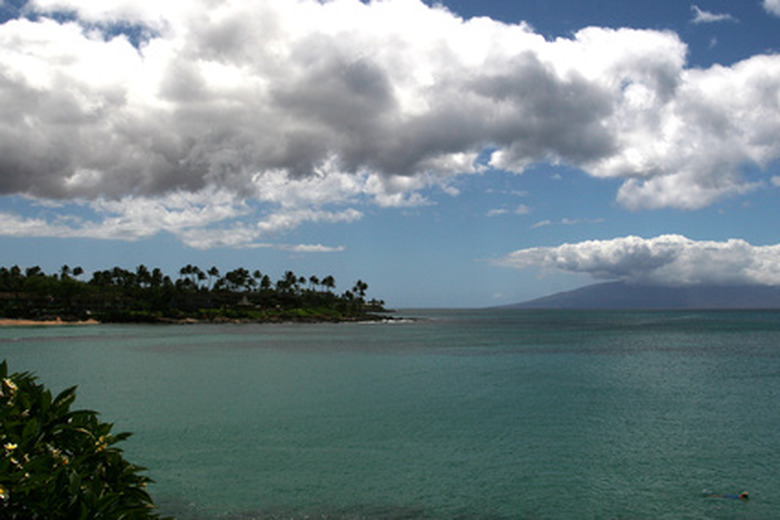How To Grow Vegetables In Hawaii
Things Needed
- Screen house
- Topsoil
- Compost
- Potting soil
- Large containers
- Insecticidal soap
- Sticky traps
Many people believe that it's possible to grow anything in Hawaii. That might be true if it weren't for the introduced insect pests and fungal diseases that have invaded the island state since Captain Cook discovered Hawaii in the late 1700s. Because many vegetables, such as tomatoes, eggplant, peppers and others have tropical origins, they should be naturals for Hawaii, but insects and diseases can make life hard for "normal" vegetables. Some areas of the islands have little or no soil as well, so raised beds and container gardening are the only solutions to putting fresh veggies on your table.
Growing Vegetables in Hawaii
Step 1
Build a greenhouse-like structure with a clear fiberglass roof and screen or shade cloth around the sides. Make sure you situate it in an area that receives full sun. Build a doorway that won't allow insects to enter when you do—if you drape additional screen just inside a screen door it will prevent many insects from gaining access.
- Many people believe that it's possible to grow anything in Hawaii.
- Some areas of the islands have little or no soil as well, so raised beds and container gardening are the only solutions to putting fresh veggies on your table.
Step 2
Grow cherry tomatoes outdoors and large varieties of tomatoes in your screen house. Because cherry tomatoes ripen more quickly than larger varieties, fruit flies and other insects are less likely to dine on them before you do. If you grow a large tomato variety outdoors, search for a type that has a thick skin and always harvest your tomatoes when they first begin to show color: allow them to ripen indoors, where far fewer fruit flies are likely to invade.
Step 3
Grow eggplant, green beans, cucumbers and squash inside your screen house. Because insects are not able to enter, you must hand pollinate many vegetables in order for them to produce fruit (see Resources). Carrots and other root crops are possibilities for your screen house as well because you can control the amount of moisture they receive—outdoors, most root crops will rot in the constantly wet soil of windward areas.
Step 4
Build raised beds outdoors using topsoil and any type of compost. Simply layer your soil, compost and other organic materials such as peat moss and wood chips on top of rocky areas or in areas where the soil is poor. It you use floating row cover, sold as Reemay, over your plants, the likelihood of insects eating your vegetables will be reduced.
- Grow cherry tomatoes outdoors and large varieties of tomatoes in your screen house.
- Carrots and other root crops are possibilities for your screen house as well because you can control the amount of moisture they receive—outdoors, most root crops will rot in the constantly wet soil of windward areas.
Step 5
Spray vegetable plants with insecticidal soap to get rid of aphids, white flies, spider mites, mealy bugs and some scale insects. You can also use sticky traps for white flies and canola oil spray for armored scale insects. Spray every other day, especially if it rains, and repeat your spray as soon as you see signs of reinfestation.
Step 6
Grow vegetables that are suited to a tropical climate. The Kabocha squash, taro, chayote, katuk and other perennial vegetables are popular in Hawaiian vegetable gardens.
Tip
You can control some fungal diseases by spraying your plants and the area surrounding them with sulfur.
Warning
If you love your geckos, be aware that if they land on a sticky trap they will not be able to get off. If you try to help them, it doesn't work—their little legs will be stuck for good.
